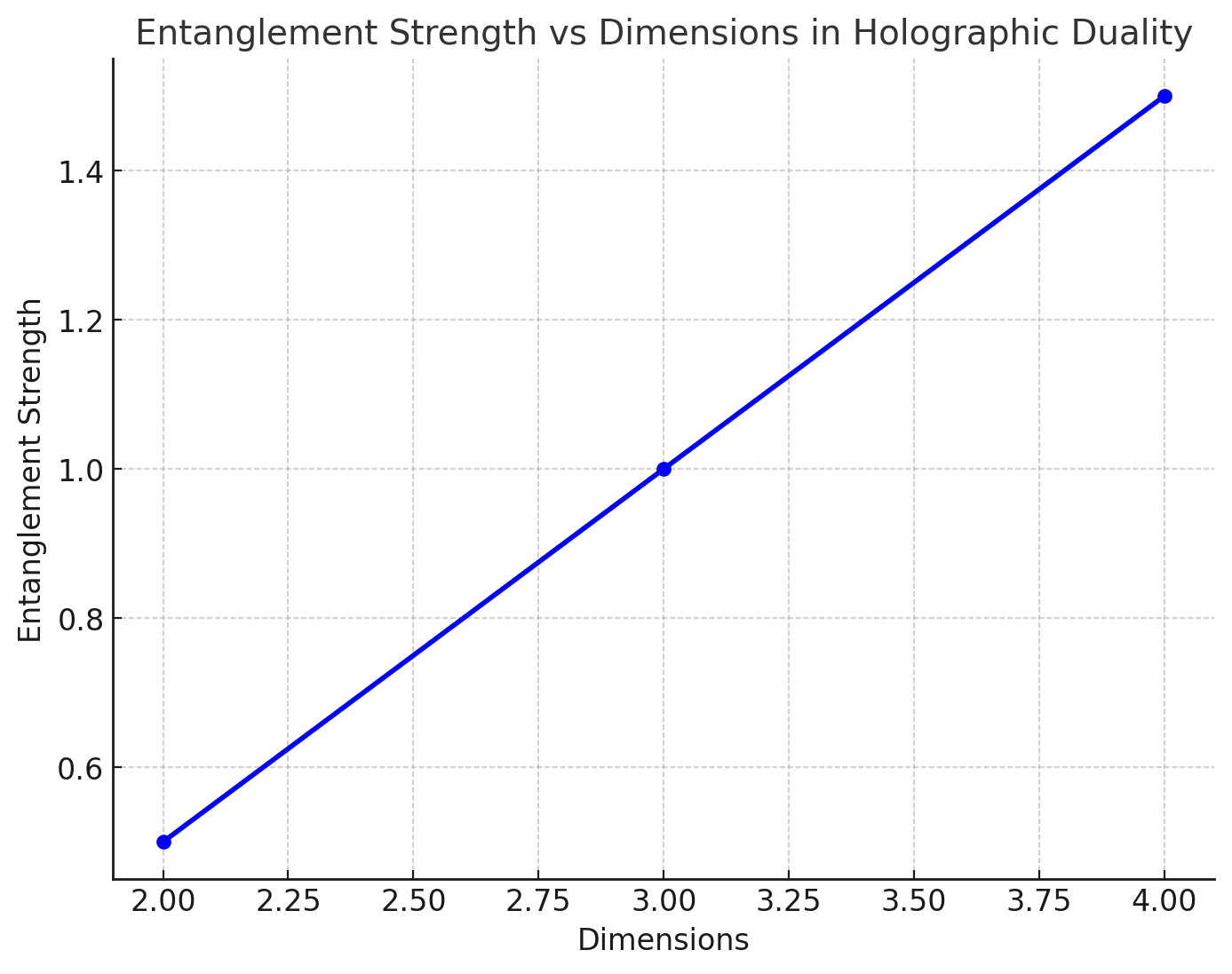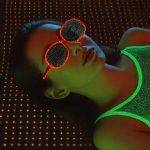
Topological phases of matter have long been revered for their bizarre, counterintuitive behavior, and this fascination has only deepened with the introduction of symmetry-protected topological (SPT) phases. These phases, characterized by intricate patterns of long-range entanglement, appear in quantum systems under the protection of certain symmetries. But here’s where things get even more interesting: in open quantum systems — where noise and dissipation naturally interfere with those symmetries — we’re now seeing the birth of new phases, specifically mixed-state SPTs (mSPTs). These aren’t just quirky anomalies; they open the door to a rich new class of topological phases, revealing behaviors not seen in closed systems. This shift could reshape how we think about quantum states in noisy environments — think quantum processors operating under constant interference yet managing to hold onto coherence.
A Holographic Connection Across Dimensions
The idea that quantum systems could behave differently when open to environmental noise isn’t the end of the story. Thanks to a new holographic duality, there’s a direct link between these noisy, open systems and higher-dimensional quantum states. In other words, the weird mixed-state topological phases found in two-dimensional systems correspond to the properties of certain three-dimensional systems when viewed through the lens of quantum entanglement. This is where things go wild: tracing the entanglement of a three-dimensional wavefunction reveals the hidden properties of its lower-dimensional counterpart. It’s like a quantum “connect-the-dots” but spanning different dimensions, making this duality a powerful tool for analyzing complex topological phenomena. The boundary entanglement patterns, twisted Renyi-N correlators, can diagnose these hidden topological phases, offering an unprecedented view into how quantum information behaves across dimensions.

Here is the graph above showing the relationship between entanglement strength and dimensions in holographic duality. The graph illustrates how entanglement evolves as quantum systems extend across higher dimensions, highlighting the connection between mixed-state SPTs and their higher-dimensional counterparts.
Building Reality from Quantum Channels:
So, how do we actually create these wild mixed-state topologies? It turns out quantum channels — basically the communication highways of quantum information — play a crucial role. By manipulating quantum channels and “tracing out” certain degrees of freedom, you can reduce a higher-dimensional quantum system into a mixed-state system that exhibits new types of symmetry protection. These processes show that mixed-state SPTs aren’t just a theoretical quirk. They’re real, and they arise naturally when you carefully prepare quantum states in noisy or disordered environments. The elegance here is in how decoherence, typically seen as a quantum killer, actually helps create new phases of matter. This isn’t just fringe science — it has profound implications for how we might use open quantum systems for things like quantum computing, where noise is an unavoidable part of the equation.
Quantum Facts That Will Blow Your Mind
Decoherence Isn’t Always a Villain
Contrary to intuition, adding noise to a quantum system can create new topological phases. These mixed-state SPTs emerge from the very decoherence we typically try to avoid.
Higher-Dimensional Holographic Duality
A quantum system’s entanglement in three dimensions can map directly to mixed-state behaviors in two dimensions, giving us a higher-dimensional perspective on lower-dimensional phenomena.
Twisted Renyi-N Correlators
These obscure-sounding correlators can actually diagnose non-trivial quantum phases across dimensions, offering new ways to probe entanglement in complex systems.
Smaller Units, Bigger Insights
In systems where symmetry applies only to specific parts (like a plane or a line), we can still observe strong quantum protection, leading to surprising stability even in noisy environments.
The Backbone of New Phases
By cleverly using quantum channels, we can engineer mixed-state topologies, revealing that the pathway to new quantum phases might be hiding in the communication between quantum bits.
The Future of Quantum Symmetry: Infinite Possibilities Await
As we dive deeper into the strange world of mixed-state SPTs and their holographic connections to higher dimensions, we stand on the brink of a quantum revolution. These insights don’t just answer old questions — they open up entirely new fields of inquiry. Imagine a future where quantum computers, built to operate in noisy environments, can leverage decoherence to unlock new computational capabilities. Or a world where we understand how different dimensions communicate through their entanglement structures, offering a fresh lens to tackle quantum gravity and spacetime theories. The next generation of quantum technologies will likely be shaped by these once-unimaginable possibilities, turning the chaotic noise of the quantum world into a powerful ally.
About Disruptive Concepts
Welcome to @Disruptive Concepts — your crystal ball into the future of technology. 🚀 Subscribe for new insight videos every Saturday!
See us on https://twitter.com/DisruptConcept
Read us on https://medium.com/@disruptiveconcepts
Enjoy us at https://disruptive-concepts.com
Whitepapers for you at: https://disruptiveconcepts.gumroad.com/l/emjml







